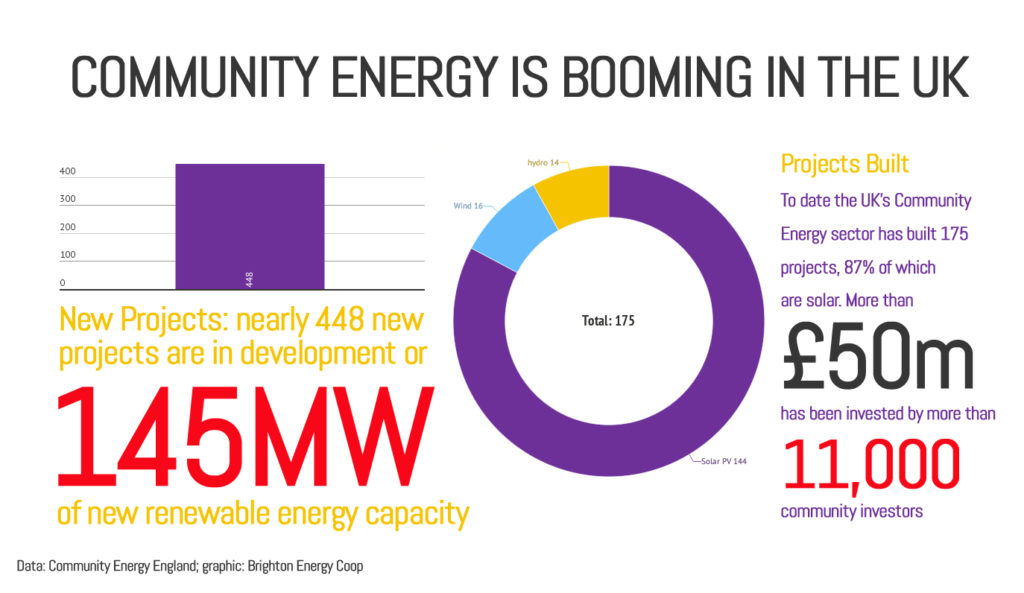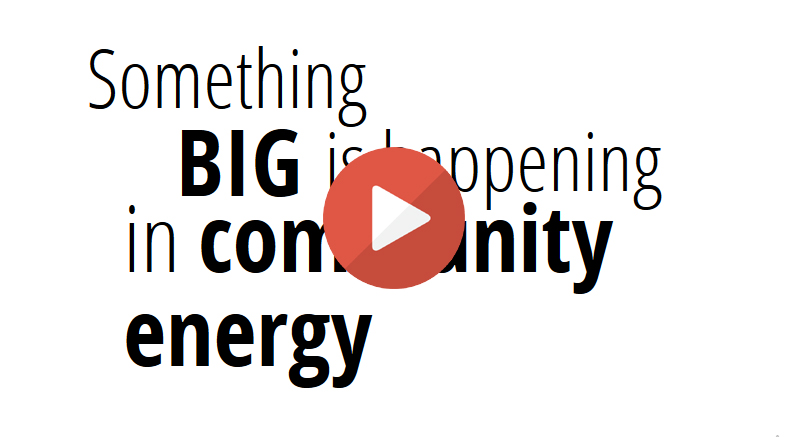 For years, community energy has been seen as a niche idea. A worthwhile pastime for retired engineers, perhaps, or a nice project for the village hall.
For years, community energy has been seen as a niche idea. A worthwhile pastime for retired engineers, perhaps, or a nice project for the village hall.
No longer. With community energy organisations (CEOs) raising £7.37 million for new renewables in November 2015 alone, generation capacity topping 30MW and previous Secretary of State Ed Davey joining community energy group Mongoose, the sector is rapidly coming of age.
A recent survey by trade organisation Community Energy England shows that total capital value of UK community energy now stands at £50m, raised by 80 CEOs and covering most of the country.
In total, UK community energy has delivered 30MW of renewable power (about half the capacity of an offshore wind farm such as EON’s Ramption array now being built of the coast of Sussex). Community groups have funded and built 175 new renewable energy schemes, 144 of which are solar PV, 16 are wind and 14 are hydro.
Speaking of the potential of this incipient market, Ed Davey said it will be 杜uch bigger than Whitehall, Westminster and the wider industry currently expects. It痴 difficult to quantify but it痴 already clear that distributed power is growing fast ・and the collective element of that can only grow.”
November’s spike was prompted by the removal of a tax break scheme. Groups such as Meadow Blue Community Energy in West Sussex raising 」1.247 million, closely followed by Bath and West Community Energy which attracted 」1.243 million, both for big solar PV projects. Of the 15 CEO projects raising money in November, four secured investments of over £1 million for their renewable projects.
A new engagement with energy generation
Jon Halle runs ShareEnergy, an organisation that builds community energy groups. He thinks community energy has opened up an entirely new class of investor: “People that have joined community energy groups have often never owned shares in anything. They have cash stuck in the bank, but community energy offers them an opportunity to be a shareholder, have a say in how things are run, and to invest in something you believe in. That’s so radical.”
Since the average investment of £2000 is relatively low, most projects are composed of large numbers of individuals. That’s a significant departure from the standard model of funding renewable energy.
Mongoose, another facilitator for community energy groups, says it has 75MW of already-built renewable projects ready to transfer to community ownership in 2016. Its CEO, Jan Willem Bode, an investment banker turned community energy advocate, says he wants to see “100% of the UK’s renewable energy in community ownership.”
Of course there are difficulties. January’s cuts to the Feed in Tariff makes new projects very difficult. But for CEOs, difficultly is nothing new. Most have spent at least 12 months getting projects off the ground ・Community Energy England found a total of 155,000 volunteer hours had been dedicated to the 80 organisations surveyed. This volunteer power shows a huge tenacity and resilience. And given that the price of renewable kit is falling CEOs are likely to go dormant until projects become viable, rather than disappear.
Building on widespread community willpower, community energy has proved its model and achieved significant scale. With grid parity just a few years away, CEOs are likely to flourish well beyond the current uncertainties.
You can listen to an extended version of this article here, or download it as a podcast here
